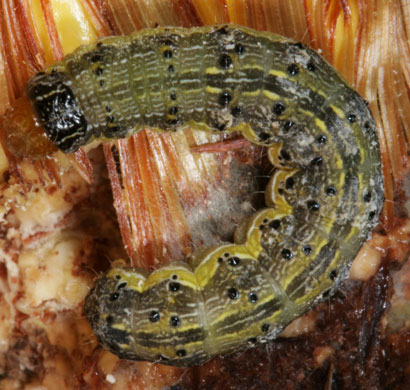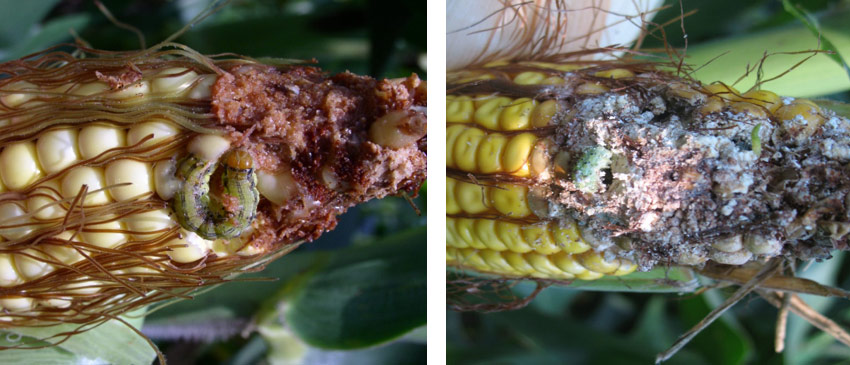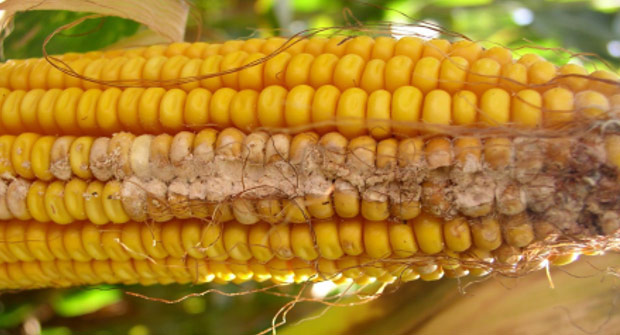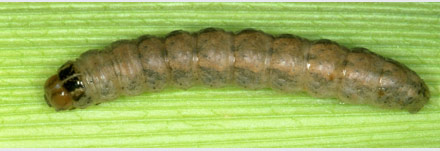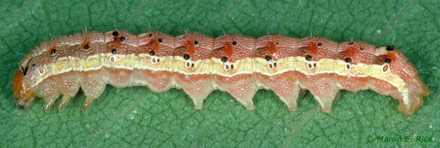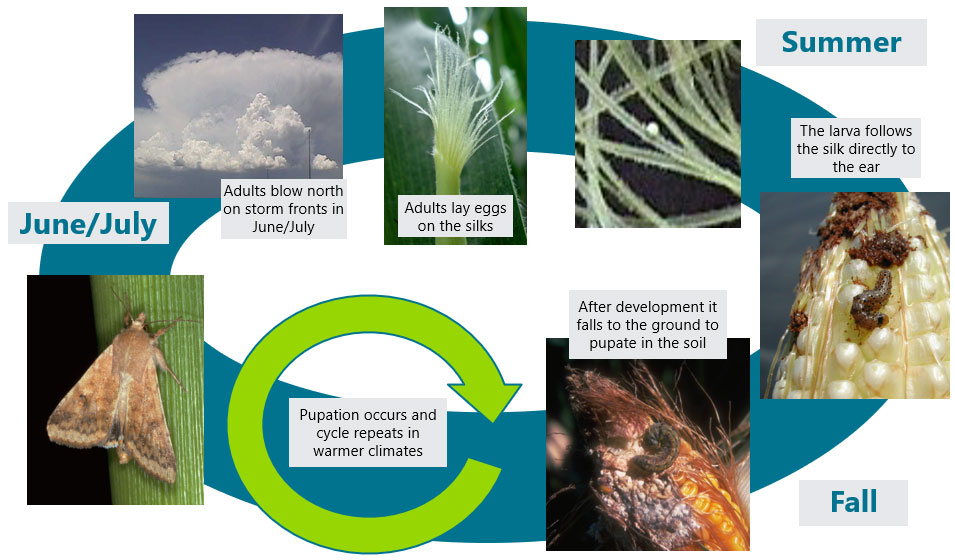Key Points
- Corn earworm is a pest of field corn, sweet corn and several other crops throughout much of North America.
- Populations do not usually overwinter in most of the Corn Belt and must re-infest each year.
- Corn earworms are cannibalistic and normally only one will be found per ear.
Related Articles
The foregoing is provided for informational use only. Please contact your Pioneer sales professional for information and suggestions specific to your operation. Product performance is variable and depends on many factors such as moisture and heat stress, soil type, management practices and environmental stress as well as disease and pest pressures. Individual results may vary. Pioneer® brand products are provided subject to the terms and conditions of purchase which are part of the labeling and purchase documents.





Agrisure Viptera® is a registered trademark of, and used under license from, a Syngenta Group Company. Agrisure® technology incorporated into these seeds is commercialized under a license from Syngenta Crop Protection AG. Roundup Ready® is a registered trademark used under license from Monsanto Company. LibertyLink® and the Water Droplet Design are trademarks of BASF.
